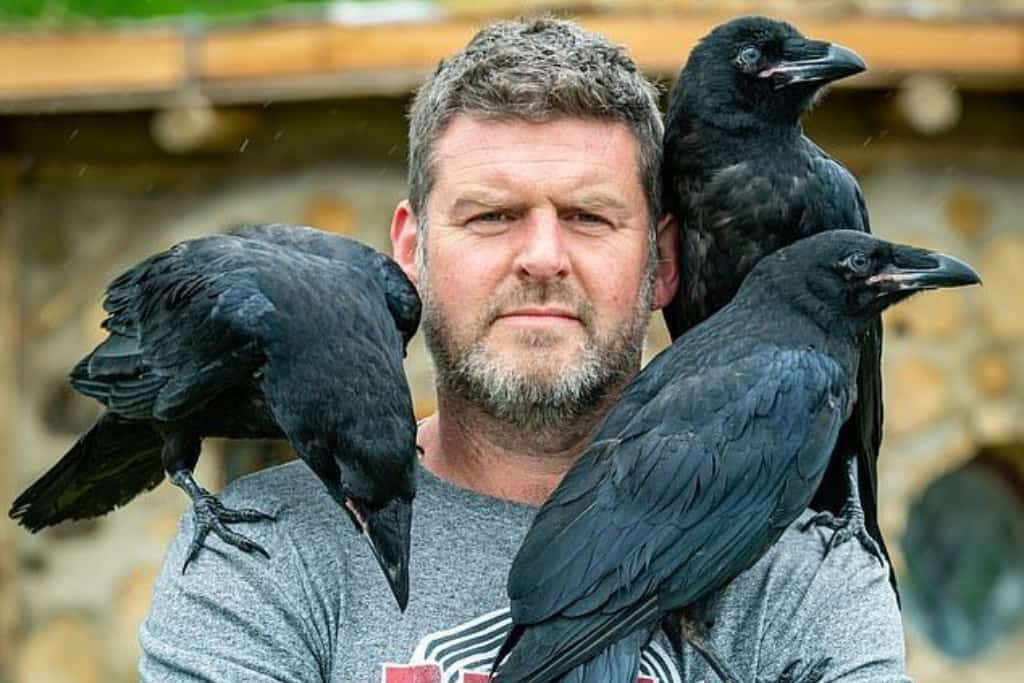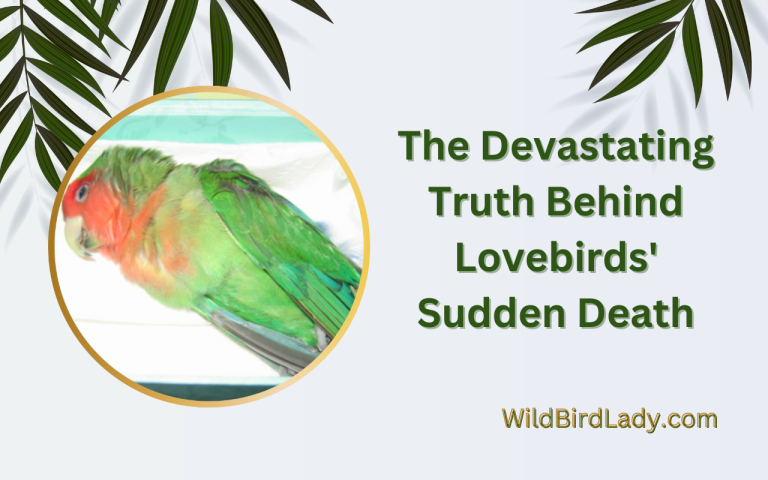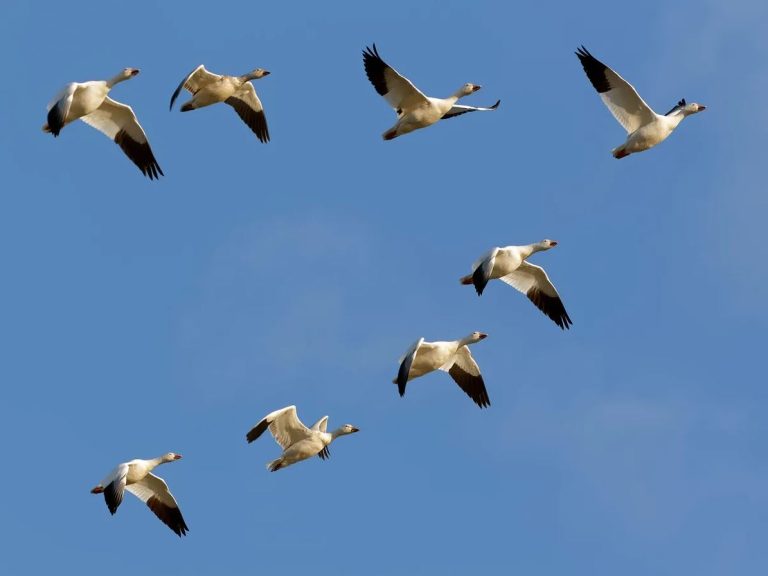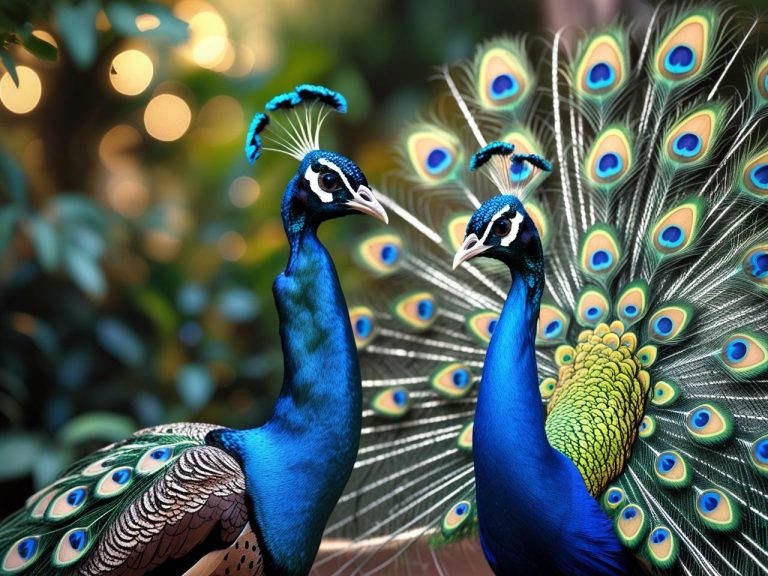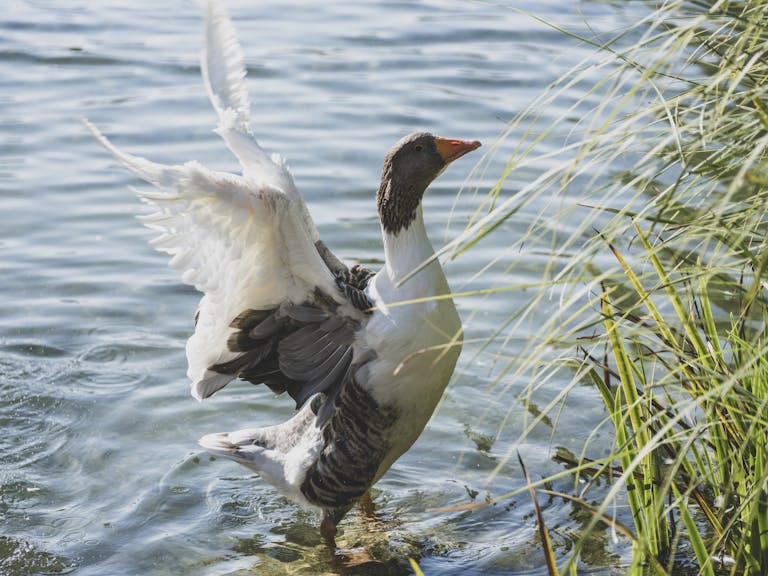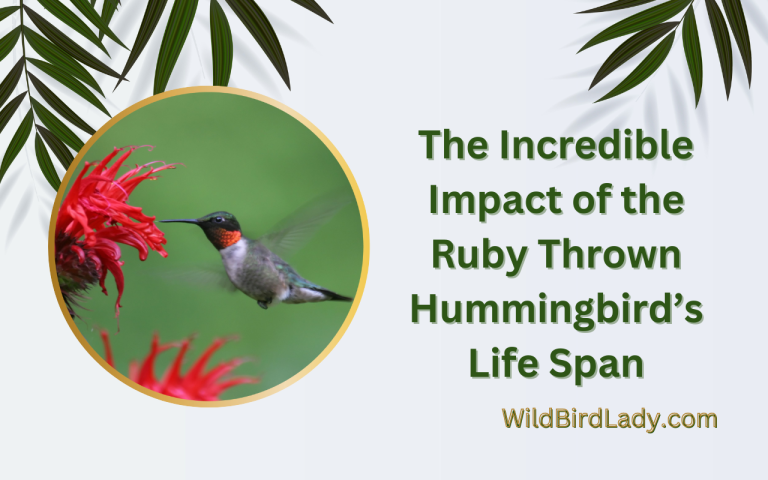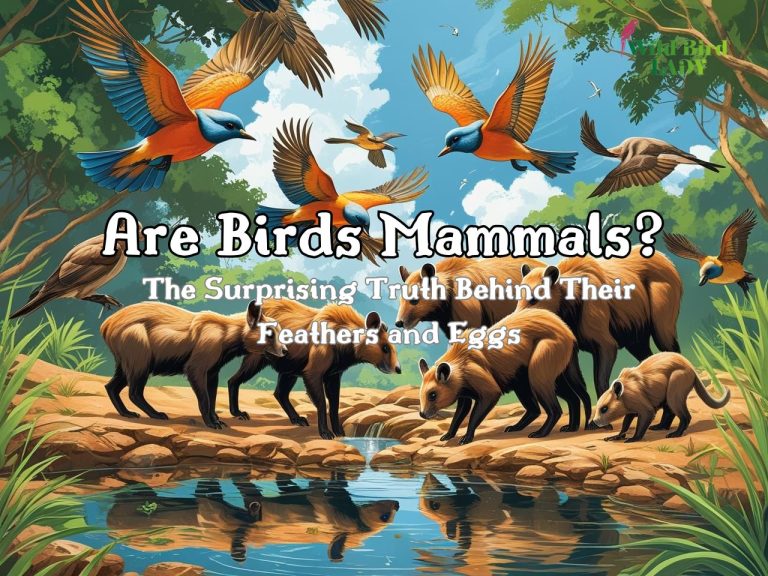Why Can’t You Tame a Crow? The Truth About These Wild and Clever Birds
As someone who has spent over a decade observing birds in their natural habitat, few species have captivated me like the crow. Their intelligence is unmatched in the avian world. They solve puzzles, mimic human speech, and even recognize faces. But despite their brilliance—and our fascination with them—one question always arises: “Why can’t you tame a crow?”
Let’s unpack that.
The Myth of the Tame Crow
You might have seen viral videos of people feeding crows, or even receiving shiny “gifts” in return. These moments spark a common misconception: that crows can be tamed like a pet parrot or domesticated dog.
But there’s a crucial distinction between bonding with a wild animal and truly taming it.
Taming vs. Domesticating
Taming refers to conditioning an individual animal to accept human presence and handling. Domestication, on the other hand, is a centuries-long process of breeding animals to live with and rely on humans. Crows are neither tamed in the traditional sense nor domesticated.
Despite their intelligence and occasional friendliness, crows retain strong wild instincts that resist control, confinement, and training. Let’s explore why.
Reason 1: Crows Are Extremely Intelligent—but Not Easily Controlled
Crows belong to the corvid family, which includes ravens, magpies, and jays. Their intelligence has been compared to that of great apes and young children.
“Crows are among the most intelligent animals on Earth,” says Dr. John Marzluff, wildlife biologist at the University of Washington. “But their intelligence doesn’t make them tameable—it makes them independent.”
They use tools, solve multi-step puzzles, and remember human faces. They even teach their young who to fear based on those experiences. This cognitive complexity means crows think for themselves—and don’t easily submit to human dominance.
Unlike dogs, which have been bred to follow human commands for millennia, crows are wired for autonomy, not obedience.
Reason 2: Crows Are Highly Social—with Each Other
Crows live in tight-knit family units. Juveniles often help their parents raise the next brood, forming multi-generational groups. These deep bonds with their own kind make it difficult for them to accept humans as substitutes.
Even if a crow were hand-raised from a chick, it would still crave the complex social world of its species.
I’ve observed young crows that were raised by people fly off to rejoin wild flocks when given the chance. This isn’t rejection—it’s instinct. They know where they belong.
Reason 3: Crows Are Wild Animals—Not Pets
In the U.S., keeping a crow as a pet is not only unethical, it’s illegal.
According to the Migratory Bird Treaty Act of 1918, it is unlawful to capture, kill, sell, or keep most native bird species—including all members of the corvid family—without a federal permit. These laws protect birds from the exotic pet trade and ensure their survival in the wild.
As the U.S. Fish & Wildlife Service explains: “Wild animals deserve to stay wild. Removing them from their natural habitats causes suffering and disrupts ecosystems.”
Taming a crow would not only go against its biology—it would break the law.
Reason 4: Captivity Damages Their Mental Health
Because of their high intelligence, crows require intense mental stimulation. In captivity, they often develop behavioral problems such as:
- Feather plucking
- Stereotypical pacing or rocking
- Aggression toward humans or other animals
- Depression and apathy
I once visited a wildlife rehab center where a crow had been raised in captivity. Though physically healthy, the bird displayed obsessive pacing in its enclosure. Staff described it as “bored out of its mind.” And no enrichment—puzzle boxes, mirrors, or even company—could fully compensate for the loss of wild freedom.
Crows are meant to soar, forage, explore, and learn constantly. Without that, they suffer.
Reason 5: They Can Be Dangerous
People often forget that wild animals, even intelligent ones, can be unpredictable. Crows have sharp beaks, strong talons, and aren’t afraid to use them if they feel threatened.
During the breeding season, crows become especially territorial. As a birdwatcher, I’ve experienced mock dive-bombing by crows protecting their nests. If one tried to keep a crow confined or restrained, it could lash out—not from malice, but from stress.
This isn’t the behavior of a tame animal. It’s the response of a wild survivor.
Can You Befriend a Crow?
Yes—but with limits.
If you feed crows consistently and respectfully, they may come to trust you. Some even leave small trinkets—buttons, bottle caps, shiny stones—as “gifts.” This kind of relationship is based on mutual curiosity and voluntary interaction, not control.
And it must be on their terms.
“The crow decides if it wants to interact with you, not the other way around,” says Kaeli Swift, PhD, a crow researcher and behavioral ecologist. “If they like you, they’ll show it—but they’re always in charge.”
This is perhaps the closest we can come to “taming” a crow—a loose bond between equals, rather than a master and pet.
Historical Attempts and Folklore
Throughout history, people have tried to tame crows—sometimes with partial success.
- In Norse mythology, Odin kept two ravens, Huginn and Muninn, as messengers.
- Native American stories often depict crows as tricksters or wise advisors.
- Some 19th-century naturalists kept young crows as companions, though most eventually flew away.
These tales reflect humanity’s long-standing admiration for crows—but also the enduring reality: they cannot be owned.
Why It’s Better This Way
There’s something beautiful about our relationship with crows precisely because it’s limited. We can learn from them, marvel at them, and interact with them—but not possess them.
In my years of birdwatching, I’ve come to respect crows not only for their intelligence, but for their fierce independence. They teach us to observe, not interfere. To offer, not demand.
And maybe, in an age of domesticated everything, that wildness is exactly what makes them so special.
Final Thoughts
So—why can’t you tame a crow?
Because they are not meant to be tamed.
They are wild, intelligent, social, protected, and fiercely autonomous. To try to own one is to misunderstand its nature—and to risk both its wellbeing and your own.
But if you’re lucky, and patient, and kind, a crow might still choose to visit you. And when it does, you’ll realize that’s far more meaningful than keeping one in a cage.
FAQs
❓Can you legally keep a crow as a pet?
No. In the U.S. and many other countries, it is illegal to keep a native crow as a pet without a special permit. Crows are protected under the Migratory Bird Treaty Act of 1918.
❓Are crows smarter than other birds?
Yes. Crows are among the most intelligent birds on Earth. Studies have shown they can use tools, solve complex problems, recognize human faces, and even hold grudges—skills that rival primates and young children.
❓Do crows bond with humans?
Crows can form temporary bonds with humans, especially if regularly fed or treated respectfully. However, these bonds are on their terms—they remain wild and will not behave like domesticated pets.
❓Why do crows give humans “gifts”?
Some crows leave shiny objects like keys, paperclips, or buttons for people who regularly feed them. These “gifts” are thought to be a result of positive association, not true gratitude—but it’s a fascinating behavior nonetheless.
❓Can a baby crow be tamed if raised from a chick?
Even if hand-raised, a baby crow retains its wild instincts and will likely seek out its own kind. Keeping a baby crow is also illegal in most regions without proper wildlife rehabilitation licensing.
❓How do crows react to captivity?
Poorly. Because of their intelligence and need for social stimulation, crows in captivity often become stressed, aggressive, or depressed. They may pace, pluck feathers, or develop abnormal behaviors.
❓What’s the difference between taming and domesticating?
Taming means training an individual wild animal to tolerate humans. Domestication, however, involves selectively breeding a species over generations to live alongside people. Crows are neither tamed nor domesticated.

